Daphne Shrubs Profile
Written by Iris
Aug 03 2021
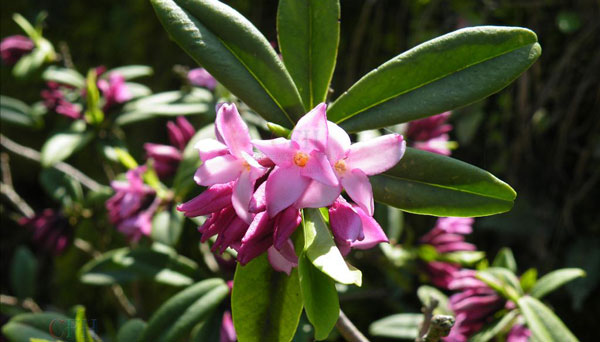
Daphne Shrubs is named after the Greek nymph. Daphne is a fragrant plant with attractive dark green and glossy leaves and brightly colored berries. Bushes of Daphne is about 1 to 4 feet (30.5 centimeters -- 1.2 meters) tall and Daphne has fragrant clusters of white, yellow, lavender or pink flowers. It is a good choice to grow one of these lovely deciduous, evergreen shrubs in your garden. About 75 to 90 species of daphne grow worldwide. Be careful with Daphne, however, as all parts of it are poisonous, especially the berries.
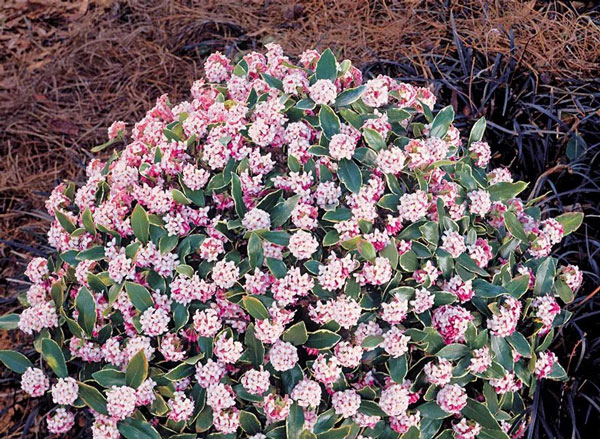
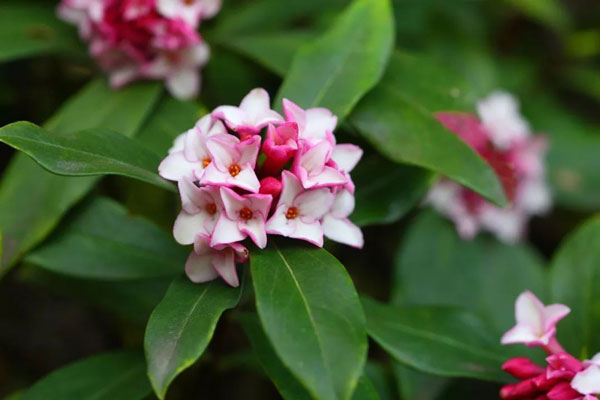
The expression Daphne for the real laurel goes back to the Greek mythology.
Apollo, the son of Zeus, had fallen in love with the beautiful river nymph Daphne. Daphne was tired of his intense requests and begged her father, the river god Peneios, he may help her. Peneios turned Daphne into a laurel tree, so that Apollo could not find her.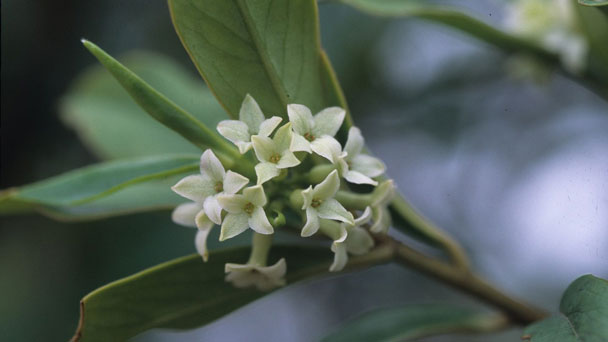
With cuttings, start with around a 6-inch branch from an existing, healthy shrub. Dip the cutting into a rooting hormone, and then plant in a pot with rich soil and compost. Keep the cutting lightly watered for the next couple of months. You can gently tug on the cutting after a few weeks to see if roots are established. Then you can try transplanting it to its permanent location in a shady area.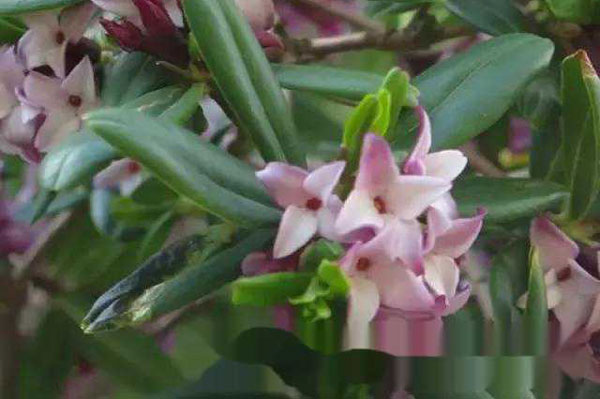
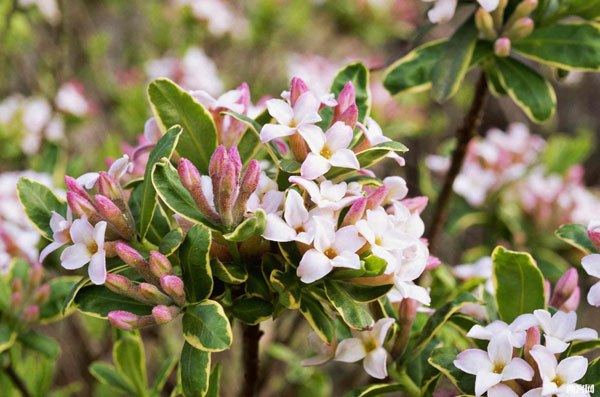
Daphne x transatlantica ‘Pink Fragrance’ – a compact, semi-evergreen shrub with richly scented, pale-pink blooms. As the flowers are produced on new growth, it keeps flowering from spring through to late autumn
Daphne mezereum – a shade-loving woodland shrub that will also tolerate full sun provided its roots never dry out. The clusters of pink, lilac and violet flowers appear on bare stems in late winter, fading as the new spring foliage appears
Daphne odora ‘Aureomarginata’ RHS AGM – the evergreen leaves have delicate yellow borders that offset deep red flowers in early spring
Daphne laureola – also known as spurge laurel, this species daphne has pale green scented flowers in late winter and early spring, followed by black fruit
The main disease of Daphne are fungal infections and general ill health causing browning or yellowing of leaves. These are almost always caused by environmental factors, the key on being too much or too little watering. Get the moisture correct at the roots and your Daphne should be problem free.
They are also susceptible to Honey Fungus but this is not specific to Daphne, so are many shrubs. If they are affected by this fungus it's best to remove the shrub and plant something which can resist it.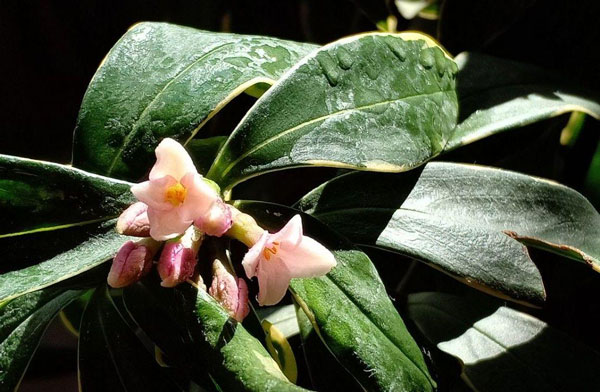
Daphne PictureDaphne infoEcological Habits of the DaphneDaphne Distribution AreaHistoryHow to grow and care for DaphneUses of DaphneVarieties of DaphneDaphne Common Pests/DiseasesToxicity
Daphne Picture

Daphne info
| Botanical Name | Daphne spp., Daphne x hybrids |
| Common Name | Daphne |
| Plant Type | Broadleaf evergreen shrub |
| Mature Size | 1–5 feet tall, 2–6 feet across (depends on variety) |
| Sun Exposure | Full sun to part shade |
| Soil Type | Moist, well-draining soil |
| Soil pH | 5.5–6.4 (slightly acidic) |
| Bloom Time | Spring |
Ecological Habits of the Daphne
Daphnes prefer to be grown in partial shade or full sun. Daphne laureola will however tolerate full shade. D. bholua varieties, D. pontica and D. odora varieties may well do best in partial shade particularly where their roots are shaded from full sun. Daphnes thrive in well drained moisture retentive soils and detest waterlogged positions as well as areas of the garden which are very dry. Both may well result in quick fatalities as the roots will either rot in the wet or die back in drought conditions. Where your garden is prone to drying out, and the soil is thin, watering is essential in dry periods.
Daphne Distribution Area
Daphne is a Eurasian genus, being native to central and southern Europe and Asia,from Britain to Japan. Some species are also found in north Africa. Two species, D. mezereum and D. laureola, have been introduced into North America.History
The genus name Daphne comes from the Greek language and also means laurel.The expression Daphne for the real laurel goes back to the Greek mythology.
Apollo, the son of Zeus, had fallen in love with the beautiful river nymph Daphne. Daphne was tired of his intense requests and begged her father, the river god Peneios, he may help her. Peneios turned Daphne into a laurel tree, so that Apollo could not find her.

How to grow and care for Daphne
How to Grow Daphne
- With Seeds
- With Cuttings
With cuttings, start with around a 6-inch branch from an existing, healthy shrub. Dip the cutting into a rooting hormone, and then plant in a pot with rich soil and compost. Keep the cutting lightly watered for the next couple of months. You can gently tug on the cutting after a few weeks to see if roots are established. Then you can try transplanting it to its permanent location in a shady area.
- With Grafting
How to Care for Daphne
- Light
- Soil
- Water
- Temperature and Humidity
- Fertilizer
- Pruning

Uses of Daphne
Medicinal Use
The flowers and the stems are anodyne, antiphlogistic, antispasmodic, depurative and ophthalmic. A decoction is used in the treatment of backache, myalgia, skin diseases, poor vision etc. A decoction of the leaves is used in the treatment of laryngitis and sore throats. A decoction of the roots and leaves is used in the treatment of sore throat and caked breast.Other Uses
The flowers are very fragrant, they are put in sachets and used for pot-pourri. They are also used to perfume water. The cultivar "Aureo-marginata" can be used as a ground cover when planted about 1 metre apart each way.
Varieties of Daphne
Daphne bholua ‘Jacqueline Postill’ RHS AGM – an upright growing evergreen shrub with pink and white very fragrant flowersDaphne x transatlantica ‘Pink Fragrance’ – a compact, semi-evergreen shrub with richly scented, pale-pink blooms. As the flowers are produced on new growth, it keeps flowering from spring through to late autumn
Daphne mezereum – a shade-loving woodland shrub that will also tolerate full sun provided its roots never dry out. The clusters of pink, lilac and violet flowers appear on bare stems in late winter, fading as the new spring foliage appears
Daphne odora ‘Aureomarginata’ RHS AGM – the evergreen leaves have delicate yellow borders that offset deep red flowers in early spring
Daphne laureola – also known as spurge laurel, this species daphne has pale green scented flowers in late winter and early spring, followed by black fruit
Daphne Common Pests/Diseases
Daphne are unlikely to suffer and problem with pests however, if you notice an aphid attack then it is best to treat it as soon as possible. The reason is that they can quickly encourage and spread fungal diseases.The main disease of Daphne are fungal infections and general ill health causing browning or yellowing of leaves. These are almost always caused by environmental factors, the key on being too much or too little watering. Get the moisture correct at the roots and your Daphne should be problem free.
They are also susceptible to Honey Fungus but this is not specific to Daphne, so are many shrubs. If they are affected by this fungus it's best to remove the shrub and plant something which can resist it.

Toxicity
All parts of daphnes are toxic, the berries being particularly so. One active compound is daphnin, a glycoside, combining glucose with daphnetin. Some species have been shown to contain a further toxin, mezerein. Symptoms of ingestion include burning sensations and lesions of the mouth and upper digestive tract, gastroenteritis and diarrhoea, and in severe cases, damage to the kidneys (nephritis), irregular heart rhythm, and coma.Daphne Companion Plants
Daphne looks good planted in a mixed shrub border or with tall growing perennials such as peonies and baptisia. You can also plant daphne near walkways, windows and patios to enjoy the sweet fragrance in spring. Daphne is also an attractive woodland plant when grown in filtered light under tall deciduous trees. Often woodland plantings are more protected from winter winds as well as the intense summer sun.
Latest Updated
- Benefits of Bugleweed - 7 Science-backed Health Benefits
- Bugleweed Dangers & Side Effects - Is It Poisonous?
- How to Plant Evergreen Trees - What You Should Know
- When to Plant Evergreens - Grow Guide for Evergreen Trees
- 12 Wonderful Evergreen Shrubs for Your Garden
- 12 Popular Evergreen Plants with Pictures for Beginners
- When And How To Prune A Lilac Bush Like a Pro
- How to Grow & Care for Lilac Vine (Hardenbergia Violacea)
- Japanese Lilac Tree (Syringa Reticulata) Care & Propagation Guide
- Shumard Oak Pros and Cons - What to Know
Popular Articles
- Winter maintenance of Antirrhinum Majus
- How to Grow Terminalia Mantaly Tree
- How to Grow and Care for Crossostephium Chinense
- How to grow Antirrhinum Majus in spring
- Peristeria Elata (Dove Orchid) Profile: Info & Care Guide
- Underwatered Snake Plant (Sansevieria Trifasciata) - Signs And How To Fix
- How to Care for Brazilian Jasmine Plant (Mandevilla Sanderi)
- How to Grow & Care for Graptopetalum Purple Delight in Summer
- Rosa Chinensis (China Rose): Plant Growing & Care Tips
- How to Care for Baby Sun Rose (Aptenia Cordifolia)